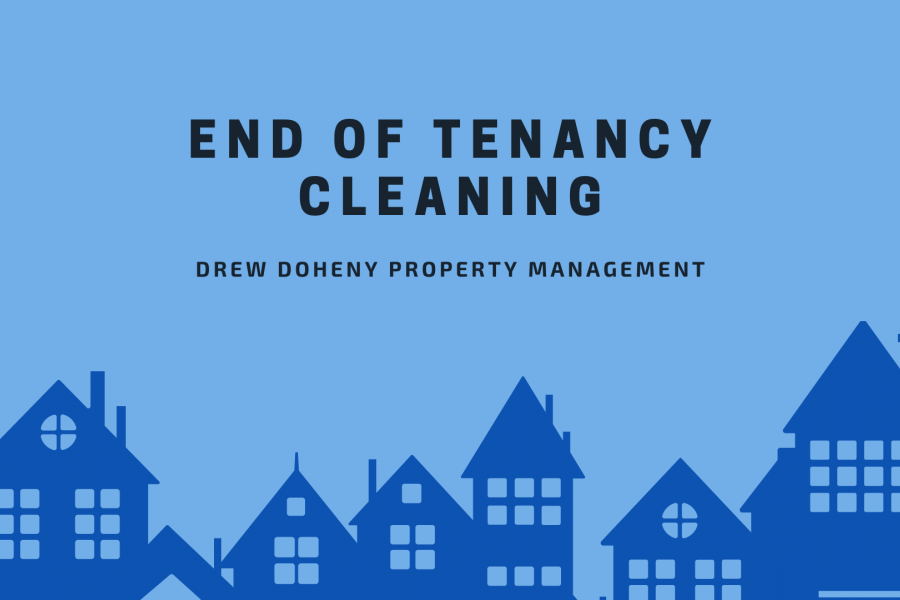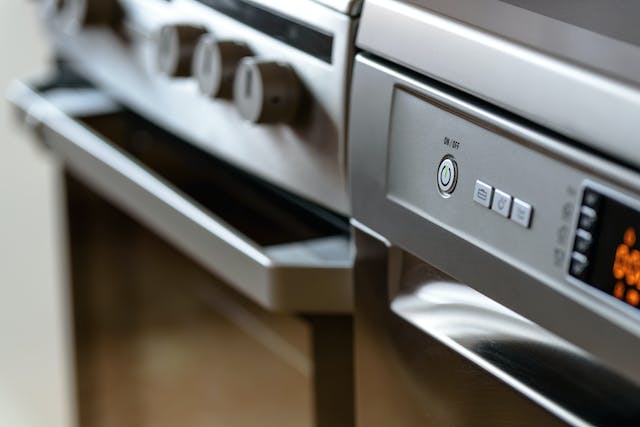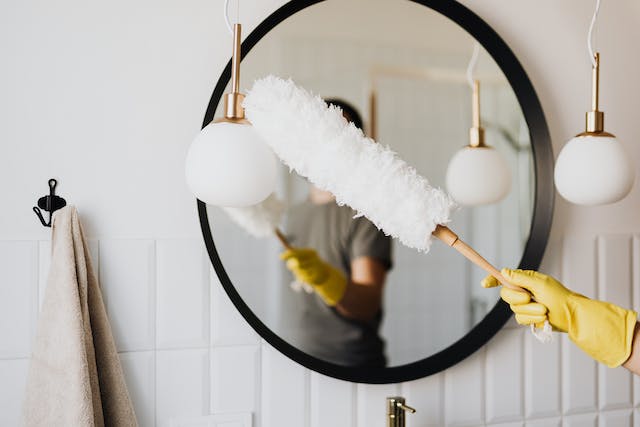
The end of tenancy cleaning is a critical component of the property management process for landlords and rental property owners. When tenants move out, the property must be restored to a pristine condition not only to welcome new tenants but also to maintain the value of the property.
Importance of End of Tenancy Cleaning
For landlords, the goal of end of tenancy cleaning is twofold: ensuring that the property is attractive to prospective renters and safeguarding the asset's long-term value. A well-maintained property tends to rent more quickly, reducing the downtime between tenants and maximizing rental income.
Properties that are not properly cleaned at the end of a tenancy may suffer from accelerated wear and tear. Issues such as mold, stains, and odors can become worse if not addressed promptly, leading to more significant and costly repairs down the line.
Scope of End of Tenancy Cleaning
End of tenancy cleaning is more extensive than a typical routine cleaning. It covers deep cleaning tasks that are essential in maintaining a property’s appeal. Here’s what typically is included:
- Kitchen: Deep cleaning of all surfaces, including countertops, backsplashes, and cabinetry. Appliances should be cleaned inside and out, including the fridge, oven, dishwasher, washer, dryer and microwave.

- Bathrooms: Sanitization of toilets, sinks, bathtubs, and showers. Tiles, mirrors, and fixtures should be cleaned and polished.
- Living Areas and Bedrooms: Dusting and washing of all surfaces, including skirting/baseboards, window sills, and furnishings. Carpets should be shampooed or steam cleaned.
- Windows: Cleaning inside (and possibly outside) of windows to enhance natural light and appearance.
- Floors: Vacuuming and mopping of all floors. Hardwood floors may also require polishing.
- Walls and Ceilings: Addressing scuffs, marks, and cobwebs.
Who Should Perform the Cleaning?
Landlords have a few options when it comes to who performs the end of tenancy cleaning:
- Professional Cleaning Services: Hiring professionals is often the most stress-free option. Professional cleaners have the expertise, equipment, and products to perform thorough cleaning, often guaranteeing that cleaning standards meet specific inventory checks.
- Tenants: Some landlords require tenants to conduct the end of tenancy cleaning as part of their lease agreement. However, this can be risky as tenants may not perform to the standards expected by incoming tenants or the landlord.
- DIY: Landlords who have the time and skills may opt to do the cleaning themselves. This can be cost-effective but time-consuming.
Tenants' Cleaning Responsibilities
Tenants are generally expected to maintain the rented property in a reasonably clean condition throughout their tenancy and return it in the same state as it was when they moved in, barring normal wear and tear. Specific cleaning responsibilities can include routine tasks such as:

- Vacuuming carpets and mopping floors.
- Keeping kitchen appliances clean and free of food debris.
- Regularly cleaning bathrooms to prevent mold and limescale build-up.
- Disposing of garbage regularly to avoid infestations.
At the end of the tenancy, tenants are typically required to perform a more thorough clean or 'end of tenancy cleaning' to prepare the property for the next occupants.
This often involves deep cleaning the kitchen, including appliances, scrubbing bathrooms, and ensuring all areas are free of personal belongings and rubbish. The expectations should be clearly outlined in the lease agreement to avoid disputes upon move-out.
Best Practices for Landlords
- Set Clear Expectations: Whether you’re hiring a service or expecting tenants to clean, be clear about the standards of cleanliness expected. Providing a checklist can help ensure nothing is missed.
- Check Local Regulations: Some jurisdictions have specific rules regarding rental properties and cleaning standards. Ensure you are compliant to avoid legal issues.
- Inspect the Property Thoroughly: After cleaning, inspect the property to ensure that everything meets your standards. This is also a good time to check for damages and ensure everything is in working order.
- Maintain Records: Keep detailed records of the condition of the property before and after the tenancy. This includes taking date-stamped photos and detailed notes. This documentation can be invaluable if disputes arise.

- Update Inventory Lists: If applicable, update your inventory list to reflect any changes or replacements in furnishings and appliances.
Normal Wear and Tear
Normal wear and tear refers to the natural and gradual deterioration of the property and its fixtures that occurs through normal use and should not be confused with damages caused by tenants. Examples include:
- Fading paint or wallpaper due to sunlight exposure.
- Carpet wear from normal foot traffic.
- Loose door handles or worn electrical switches.
Keep in mind that landlords cannot hold tenants responsible for repairs and maintenance needed due to normal wear and tear. Distinguishing between damage and normal wear and tear is critical; while tenants should not be held liable for the latter, they are responsible for any damage caused by negligence, carelessness, accidents, or abuse of the property.
When Can Landlords Deduct from the Security Deposit?
The security deposit serves as a financial protection for landlords against damage to the property or unpaid rent. While performing end of tenancy cleaning, landlords can make deductions from the deposit under the following circumstances:
- Damage to Property: If there is damage that goes beyond normal wear and tear, landlords can use the deposit to cover the cost of repairs. This might include holes in walls, broken windows, or significant stains on carpeting.

- Cleaning Costs: If the property requires cleaning beyond what would be considered normal wear and tear to restore it to a rentable condition, landlords can deduct the costs of cleaning from the deposit. For instance, a wine stain on the carpet may be considered a damage and the landlord may charge tenants for the cost of removing the stain.
Conclusion
The end of tenancy cleaning is a vital part of managing a rental property. It ensures that the property remains in excellent condition for new tenants and helps preserve the value of the asset.
By understanding what comprehensive cleaning entails and implementing best practices, landlords can streamline this process and ensure their properties remain competitive in the rental market.
It’s important to set expectations with your tenants clearly by the time they start their tenancy, so they can keep the property well-maintained throughout their stay. When in doubt, it’s best to work with a professional property management company like Drew Doheny Property Management Team to help you with tenant management and other end of tenancy processes.
Contact Drew Doheny Property Management Team to learn more about our services!
